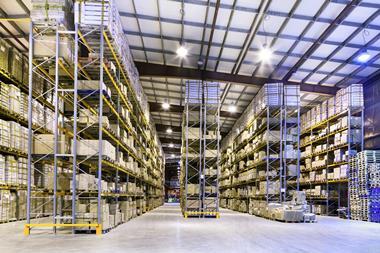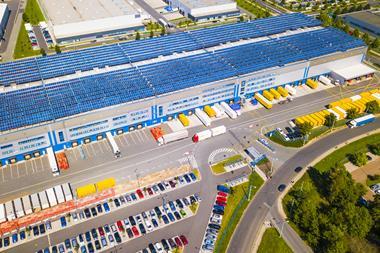Head along any motorway in the UK and before long you’re bound to pass a vast warehouse development.

Such sites tend to span hundreds of thousands of square feet and, more often than not, were built to suit the occupier’s exact requirements. Loading bay sizes, roof heights and even the depth of the concrete slab the building sits on were carefully selected at the design stage after talks between occupier and developer.
For occupiers, having a building constructed to their exact needs has often made sound business sense, allowing them to install the specific equipment they wanted. The downside, of course, has always been the cost. Bespoke buildings command premium rents and usually require occupiers to commit to lengthy lease terms.
It is not surprising, then, that research from Savills shows a slump in the build-to-suit (BTS) market last year. Occupiers, spooked by the economy tanking on the back of a number of major shocks, were unwilling to do deals last year, leading to both take-up of BTS space and the number of deals dropping to their lowest levels since 2015.
As the experts point out in our feature, an abundance of warehouse space at all size points, speculatively developed off the back of the Covid-19 industrial and logistics boom, has made it easier for occupiers to find existing space that meets their requirements.
This all begs the question of whether BTS development will bounce back once market confidence returns, or if the need for bespoke development is generally waning. There will always be occupiers with deep pockets willing to pay extra for BTS warehouse space, but increasingly, it looks like these will be few and far between. Perhaps the days of new BTS warehouses springing up along motorways are numbered.
Andy Hillier is Property Week’s features editor





























No comments yet